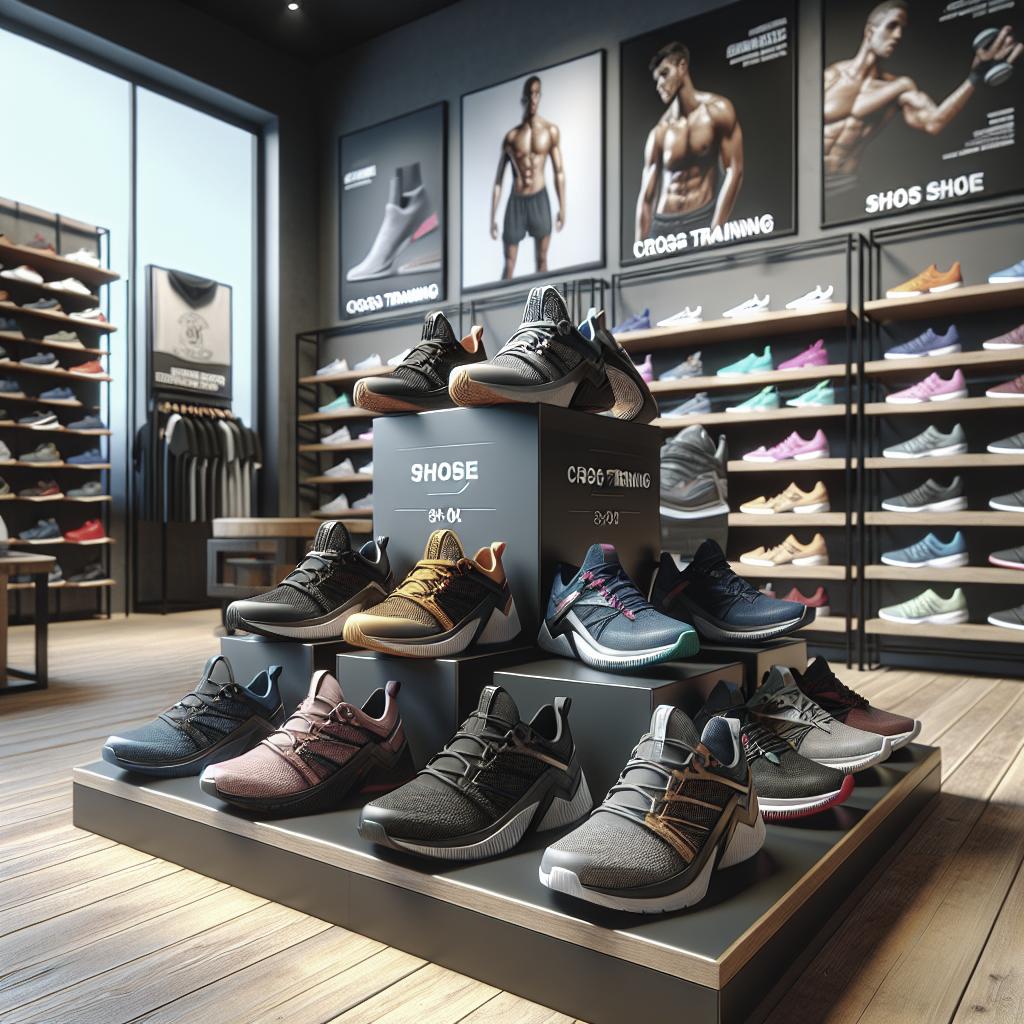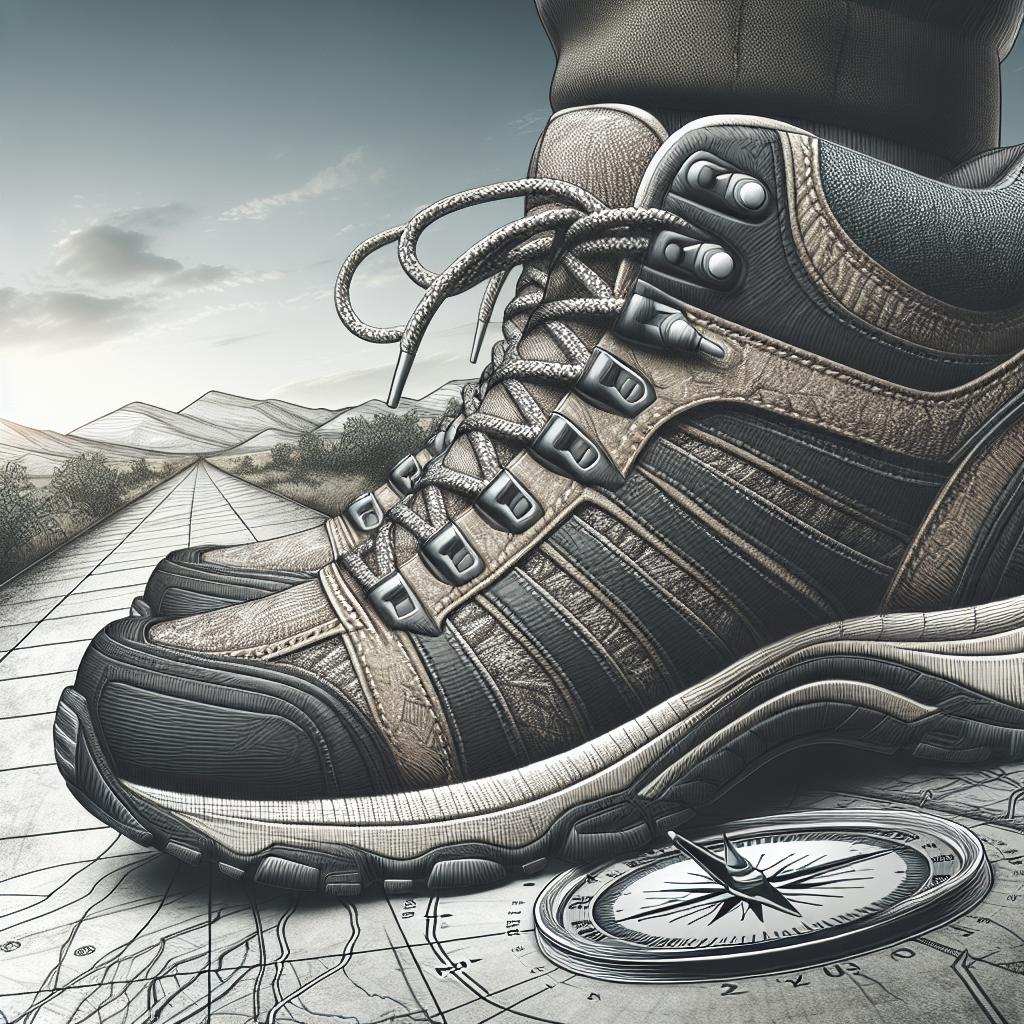Discover the Best Cross Training Shoes for Every Workout
Delving into the world of cross-training shoes can be overwhelming with the myriad of options available. Whether you are into CrossFit, HIIT, cardio, or lifting, finding the right pair that suits your exercise needs is essential. This comprehensive guide will not only highlight the best cross-training shoes in various categories but also delve into the nitty-gritty of how we test these shoes, their features, and what makes each category stand out. From budget-friendly options to choices for minimalist enthusiasts, our detailed analysis will aid you in selecting the ideal footwear. Additionally, by understanding the differences between cross-training shoes and others, you’ll be better equipped to choose a pair that complements your workout regime.
How we test training shoes
Our rigorous testing methodology ensures that we bring you the best recommendations. We examine each shoe’s performance across various workout conditions, evaluating crucial aspects such as cushioning, support, flexibility, and durability. This involves both laboratory tests and real-world trials where users review the shoes across different terrains and exercises.
User feedback is integral to our process, offering insight into the shoes’ performance over extended periods. This comprehensive evaluation helps to ensure that the shoes not only perform well out of the box but maintain quality and support over time.
Best cross-training shoes overall
What makes it the best?
The overall best cross-training shoes master the balance of comfort, support, and versatility. These shoes are crafted with high-quality materials that ensure longevity while providing adequate support for multiple types of workouts, from lifting to running.
Pros
These top-of-the-line shoes offer a well-rounded design, making them suitable for nearly any physical activity. With excellent cushioning, they provide support for endurance workouts, and their robust construction ensures they withstand rigorous use.
Cons
Despite their versatility, they may not specialize in any one fitness area. Some users may find that while they perform adequately across all activities, they might not excel in specific workouts like dedicated lifting shoes.
Best cross-training shoes for Crossfit
What makes it the best?
CrossFit demands shoes that can handle an array of workouts from jumping to heavy lifting. The best cross-training shoes for CrossFit feature sturdy construction and ample traction to keep athletes grounded during intense movements.
Pros
Their flexible yet stable structure complements a variety of CrossFit exercises, offering multidirectional support and enhanced grip. They often include features like reinforced arches and padded collars for added comfort.
Cons
These specialized shoes may lack in areas such as weight, often being heavier. Some individuals might find them less comfortable for extended wear outside of training sessions.
Best cross-training shoes for HIIT
What makes it the best?
High-Intensity Interval Training (HIIT) requires shoes that provide excellent cushioning and tread for rapid, dynamic movements. The best choices excel in shock absorption and have lightweight designs to facilitate quick foot transitions.
Pros
The cushioning in these shoes helps protect joints during intense exercises, while their lightweight build aids in speed and agility. Breathable materials ensure they remain comfortable even through sweat-intensive sessions.
Cons
While they are ideal for HIIT, their lightweight nature may not provide enough support for heavy lifting, potentially leading to quicker wear in those scenarios.
Best cross-training shoes for cardio
What makes it the best?
For cardio workouts, emphasis on breathability and cushioning reigns supreme. The best cross-training shoes in this category often have mesh uppers and responsive midsoles to support sustained cardio output.
Pros
They offer excellent ventilation, making them suitable for long cardio sessions. The responsive cushioning supports continuous movement, reducing fatigue over time.
Cons
These shoes’ tailored design for cardio could result in less durability when subject to heavy weightlifting or rigorous outdoor activities.
Best minimalist cross-training shoes
What makes it the best?
Minimalist cross-training shoes appeal to those seeking a more natural running experience, enhancing connection with the ground while offering some protection. Typically, they are lightweight with minimal cushioning.
Pros
These shoes promote better posture and muscle engagement by simulating a barefoot feel. Their minimal design typically offers greater flexibility, allowing for natural foot movement.
Cons
Not everyone adapts well to the reduced cushioning that can lead to discomfort over longer distances or high-impact activities.
Best cross-training shoes for lifting
What makes it the best?
The top choice for lifting shoes boasts a flat, sturdy sole that helps distribute weight evenly and stabilize the foot during heavy lifts. These shoes often feature robust construction that can handle frequent weight-based workouts.
Pros
The rigidity and support of these shoes excel in providing a solid base, reducing the risk of injury during lifts. Their design encourages proper form and balance.
Cons
They might lack cushioning, making them less suitable for running or high-impact activities. Their heavy-duty construction can make them less flexible for other types of movements.
Best budget cross-training shoes
What makes it the best?
Budget cross-training shoes prioritize essential features that offer adequate performance without breaking the bank. These shoes deliver the necessary support for varied workouts at a more accessible price point.
Pros
Affordability without sacrificing quality makes these shoes attractive to those new to cross-training or on a budget. They typically cover basic comfort and support needs.
Cons
Budget options may lack advanced technologies or features found in higher-end shoes, potentially affecting long-term performance and durability.
What is a cross-training shoe?
Cross-training shoes are versatile footwear designed to handle a variety of exercise types. Unlike specialized shoes that focus on one activity, cross-trainers combine features like support, cushioning, and durability to cater to everything from weightlifting to short runs.
Their design often includes lateral support and increased traction, making them suitable for activities that require quick changes of direction and varied footwork.
Type of workouts handled by cross-training shoes
Cross-training shoes are adept at handling a range of workouts, including cardio, weightlifting, aerobics, and circuit training. They are a popular choice in gym environments where activities frequently change.
The combination of moderate cushioning, support for multidirectional movements, and robust construction ensures they offer reliable performance across these varied activities.
Can you run in cross-training shoes?
While cross-training shoes can be used for running, especially short distances, they aren’t typically designed for long-distance running. Their construction balances support for a variety of activities rather than focusing specifically on running.
Runners might find more specialized running shoes offer better performance over extended distances due to targeted support, cushioning, and lighter materials.
Cross-training shoes vs. Crossfit shoes
Though both offer versatility, cross-training shoes are built to encompass a wider variety of activities, while CrossFit shoes are optimized for the demands of CrossFit workouts, including high-intensity and varied movements.
CrossFit shoes often provide more durability and grip, catering specifically to the rapid, intense nature of CrossFit routines.
How to choose the right cross-trainer for you
Selecting the right cross-training shoe involves considering the types of workouts you’ll be engaging in, along with personal preferences and foot characteristics. Key factors to evaluate include heel drop, cushioning, flexibility, and support.
Understanding how these elements fit your activities can greatly enhance comfort, performance, and longevity of the shoe.
Heel stack and drop: how to choose
The heel drop refers to the difference in height between the heel and the toe. A lower drop is typically preferred for lifting, promoting a stable, flat base, while a higher drop can provide added comfort for running.
Finding the right balance depends on your primary activities and how your foot responds to different angles.
Midsole firmness in cross-trainers
Midsole firmness impacts the shoe’s cushioning and support. Firmer midsoles provide a more stable platform for lifting, whereas softer midsoles might offer better shock absorption for cardio activities.
Consider your arch type and weight preferences when choosing midsole firmness, as it can affect overall comfort and performance.
Flexibility of cross-training shoes
Flexibility ensures the shoe can accommodate the natural movement of your foot. Highly flexible shoes support dynamic movements common in aerobic and plyometric exercises.
If your routine includes varied activity levels, choosing a shoe with a balance of flexibility will provide versatility without sacrificing support.
Lateral support and stability
Lateral support involves the shoe’s ability to stabilize foot movement side-to-side. This feature is crucial for workouts with multidirectional elements to prevent injury.
Stability elements in the shoe, such as a reinforced heel or arch, can offer better posture and footing during intense activities.
Checking the durability of cross-training shoes
Durability is paramount for cross-training shoes, given their use across varied terrains and exercises. Look for quality construction and materials that offer resistance to wear and tear.
Planning to wear cross-trainers outside? Check the outsole
The outsole’s material and tread design determine grip and durability when taken outside of the gym. Ensure it’s crafted from high-quality, weather-resistant materials for prolonged use.
Consider breathability
Breathability is essential to keeping feet cool and dry during high-intensity workouts. Materials like mesh uppers promote airflow, reducing the risk of odor and discomfort.
Well-ventilated shoes can enhance comfort during long training sessions, maintaining a fresher environment inside the shoe.
Shoe size and toebox fit in cross-trainers
Fit is critical for any athletic shoe. Ensure there’s ample room in the toebox to allow for natural movement and swelling during workouts, yet snug enough to avoid slipping.
Understanding your foot shape and consulting sizing guides can aid in selecting the perfect size, as cross-training activities can exacerbate poor fit issues.
Similar buying guides
If you’re exploring further into specialized shoe guides, consider looking into resources focused specifically on running shoes, hiking footwear, or sports-specific sneakers. Each guide offers insight into functionality tailored to specific activities, assisting in making informed decisions.
Summary of main points
| Category | Features | Pros | Cons |
|---|---|---|---|
| Best overall | Versatile | Balanced for all activities | May not specialize |
| CrossFit | Stability & traction | Multidirectional support | Heavier design |
| HIIT | Lightweight & cushioning | Good ventilation | Less for heavy lifting |
| Cardio | Breathable & cushioned | Long-session comfort | Not for weightlifting |
| Minimalist | Natural movement | Enhanced posture | Less cushioning |
| Lifting | Stability-focused | Supports proper form | Rigid for other activities |
| Budget | Essential features | Affordable | Fewer advanced features |


